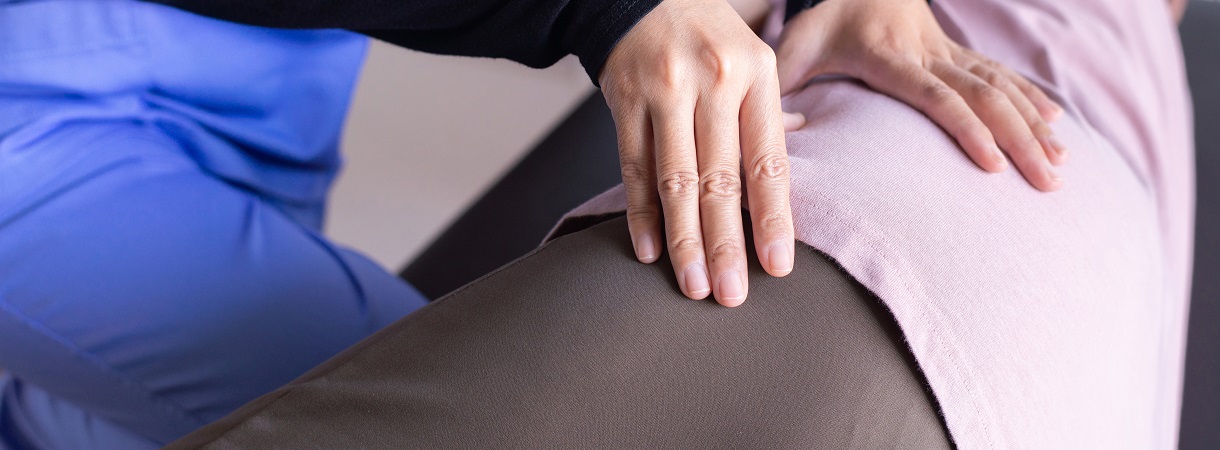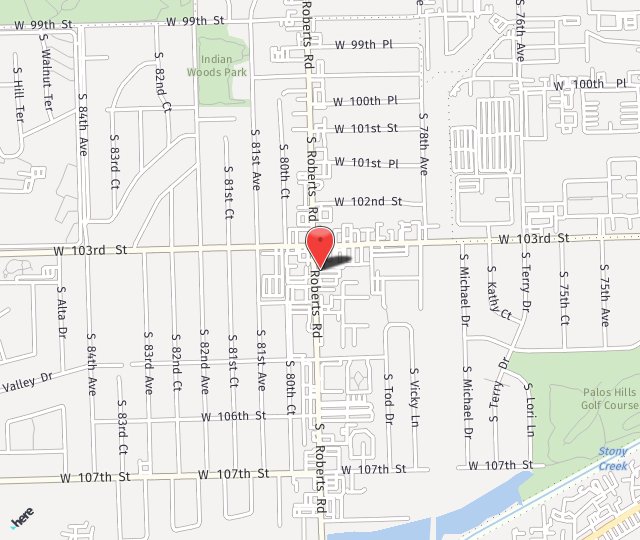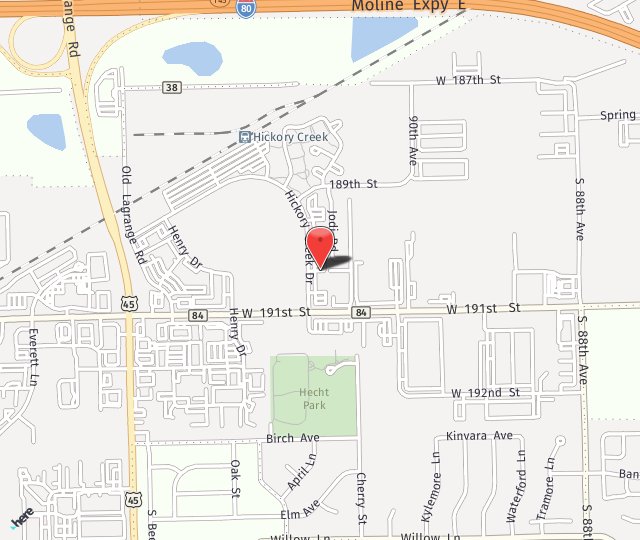Hip Impingement (FAI) Overview & Treatment Options in Chicago
With convenient locations in Palos Hills and Mokena, IL
Hip impingement, also called femoroacetabular impingement (FAI), is a joint condition that can cause pain and reduced mobility in the hip joint. This type of injury requires the attention of an experienced orthopedic surgeon, such as Dr. Bedikian. At Sarkis Bedikian Orthopedics, patients receive holistic care as Dr. Bedikian aims to help individuals with hip injuries regain their independence and improve their quality of life.
What Is Hip Impingement?
Hip impingement is the result of atypical contact between the femoral head and the hip socket. There are two primary types of hip impingement:
Cam impingement: This type is caused by a deformity in the ball of the hip joint that affects its shape. When the end of the femur is not round, it can lead to friction and a limited range of motion.
Pincer impingement: In this case, the acetabulum of the hip joint is abnormally shaped, resulting in impingement when the hip is moved, resulting in cartilage and labral damage.

Hip Impingement Symptoms
Individuals with hip impingement may experience the following symptoms:
- Stiffness in the hips that may extend to the thigh or groin area
- Difficulty performing activities such as bending, squatting, or sitting for prolonged periods
- Low range of motion in the hip joint
- Pain in the lower back and hip
- Inability to flex the hip
Hip Impingement Risk Factors
Several factors can contribute to the development of hip impingement, including:
- Structural abnormalities in the hip joint
- Repetitive hip movements, such as those made when participating in certain sports or occupations
- Genetics and family history of hip conditions
- Prior hip surgery
How Is Hip Impingement Diagnosed?
Diagnosing hip impingement involves a comprehensive evaluation, which may include a physical examination to assess hip mobility and identify areas of tenderness. In addition, X-rays, MRIs, or CT scans may be conducted to visualize the hip joint and identify any abnormalities. In some cases, a diagnostic hip injection may be performed to confirm that the pain originates from inside the hip joint.
Non-Surgical Hip Impingement Treatment
In many cases, initial treatment for hip impingement may involve nonsurgical approaches, including:
Activity modification: Generally, you should avoid activities that worsen symptoms. Patients also benefit from modifying their movement patterns to reduce hip joint impingement.
Physical therapy: Physical therapy involves targeted exercises to improve hip strength, flexibility, and joint function.
Pain management: Patients may be advised to take nonsteroidal anti-inflammatory drugs (NSAIDs) or other pain-relieving medications as prescribed.
Modern Practice with Modern Solutions
Our state-of-the-art clinic is home to advanced tools and techniques such as robotic-assisted surgery and arthroscopy for joint procedures.
Surgical Hip Impingement Treatment
When nonsurgical methods do not provide sufficient relief, surgical intervention may be considered. Surgical treatment options for hip impingement include:
Hip arthroscopy: This is an outpatient procedure that uses a device called an arthroscope to treat the hip joint without the need for a large incision.
Open surgery: In more complex cases, open surgical techniques may be used to address hip impingement and any associated damage within the hip joint.
Hip Pain Relief in Palos Hills and Mokena
Dr. Bedikian and his team specialize in the diagnosis and treatment of hip impingement, offering comprehensive solutions to alleviate discomfort and get you back to the routine and activities you love after experiencing a joint injury. Contact our office today to get started with a consultation.



